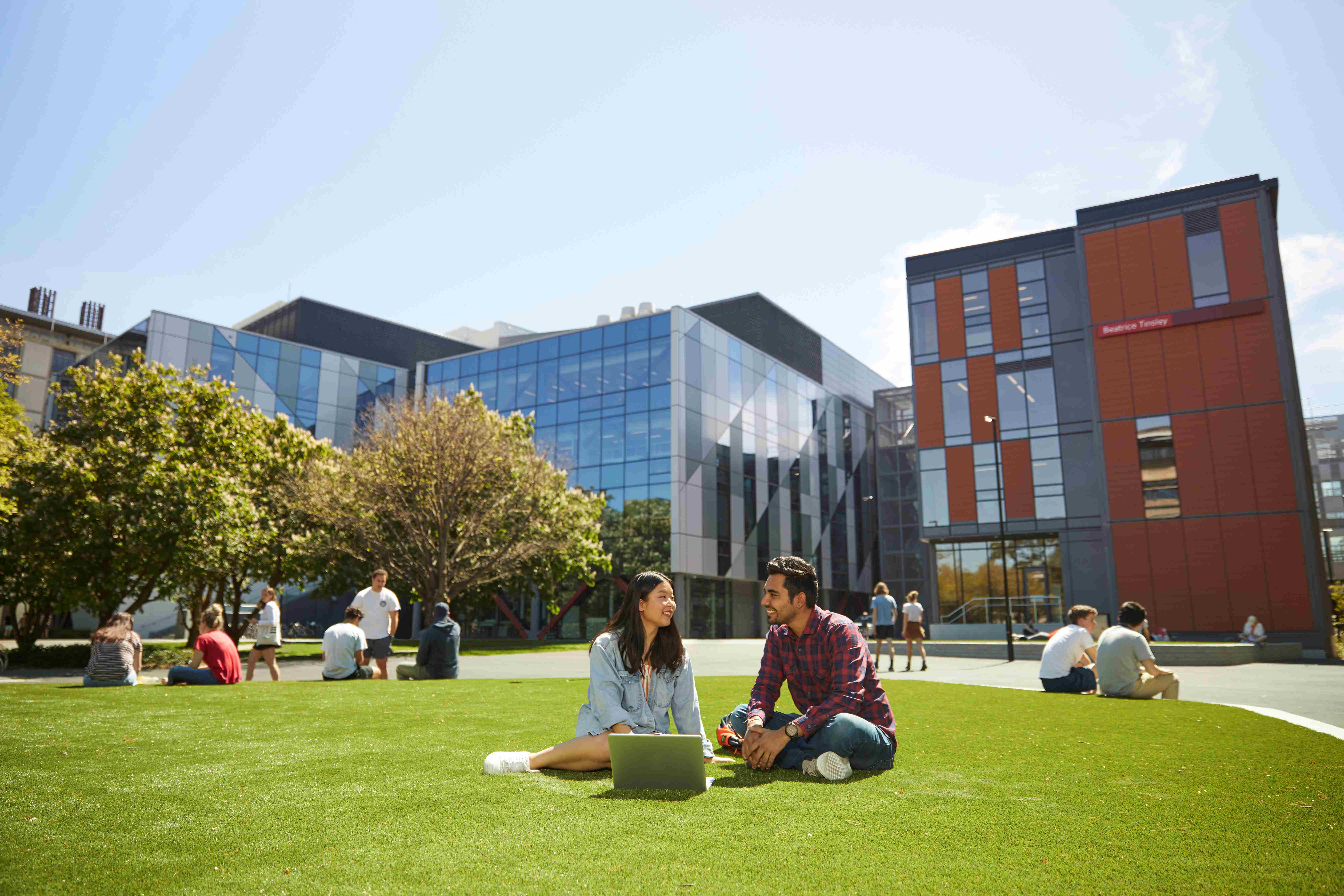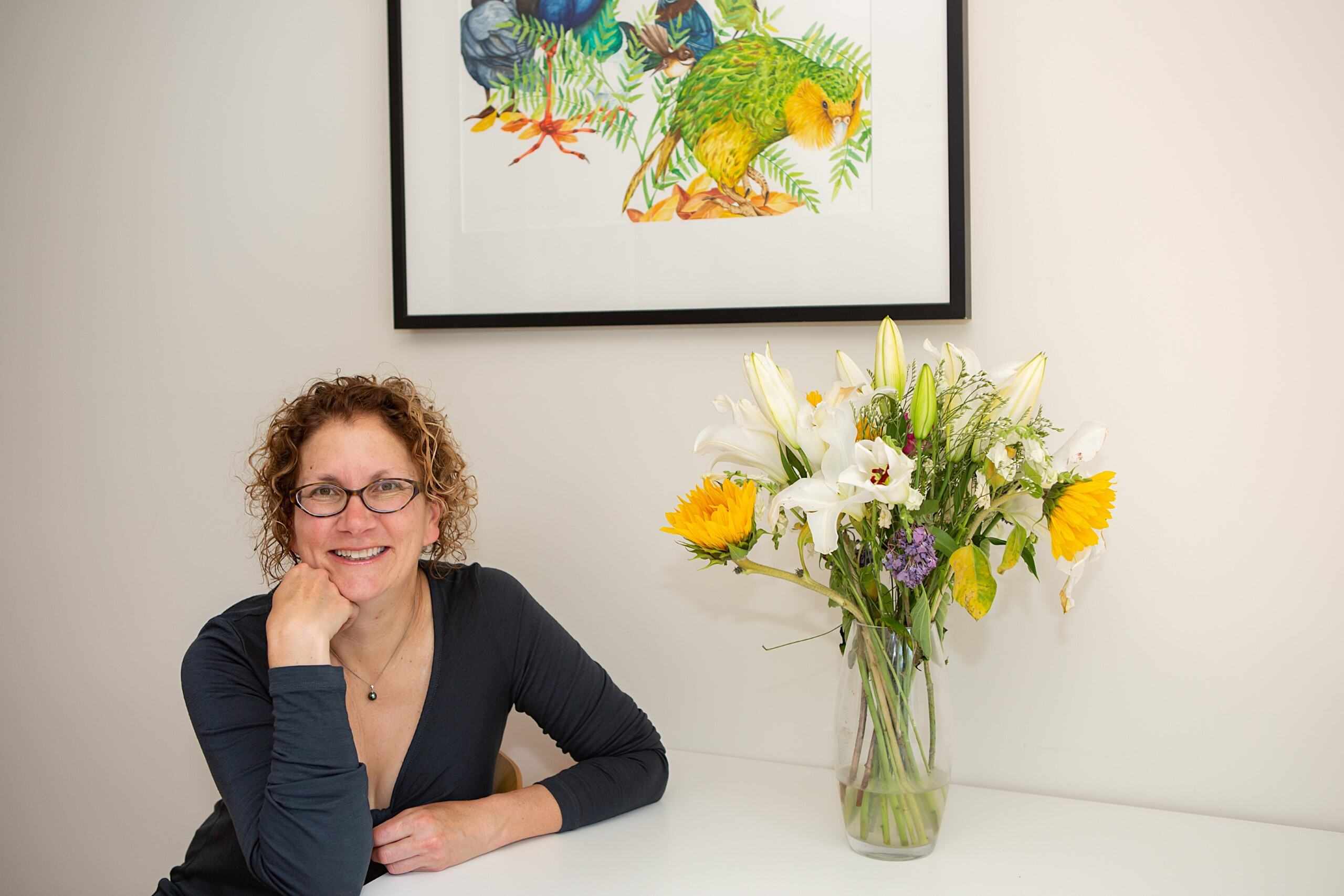UC’s astronomical night-time talk to show off its antique telescope in the rebuilt historic observatory tower on 14 June sold-out almost as soon as tickets were available, however the University of Canterbury is hosting regular tours (weather permitting) in association with the Arts Centre.
Associate Professor Pollard, Director of the University of Canterbury Mt John Observatory, says that for many Cantabrians, UC’s historic Townsend Teece Telescope sessions were their introduction to astronomy and the wonders of the night sky.
“The telescope is useful for introducing children to the stars and getting them interested in asking questions about how the world and the universe works. This is why the Observatory was so useful as an educational outreach tool – it’s a fabulous hands-on way of bringing astronomy and science to people,” she says. “That astronomy allows us to think about our place in the universe is particularly fascinating for children.”
The telescope, donated to Canterbury College by James Townsend in 1891, was constructed in 1864 by renowned English instrument-making firm T Cooke & Sons – nine years before the university itself was founded in 1873. Since its installation in the university’s Observatory Tower in 1896, the telescope has been maintained and operated for public viewing by the University of Canterbury’s School of Physical and Chemical Sciences (and its predecessors) as part of UC’s commitment to education in the community.
The Observatory Tower collapsed during the Canterbury earthquakes more than 12 years ago. The badly damaged telescope was eventually recovered from the rubble of the tower. Miraculously, the heart of the telescope – the fragile glass lens – was intact. Long-serving UC mechanical technician Graeme Kershaw undertook the daunting, delicate task of restoring the telescope as his retirement project. After Graeme’s death, Quentin Rowe completed the project.
The restoration of the historic telescope was possible thanks to a generous donation by UC alumnus Professor David Teece, Leigh Teece and their family. Renamed the Townsend Teece Telescope, it was recently returned to a beautiful replica Observatory Tower in its heritage central city home, Te Matatiki Toi Ora The Arts Centre, UC’s town site until the move to Ilam in the 1970s.
“This painstaking restoration work and generosity from our donors and volunteers mean that Cantabrians and visitors get to enjoy stargazing through this beautiful and historic telescope once again,” Associate Professor Pollard says.
- The year 2023 marks the University of Canterbury’s sesquicentenary, with the 150th anniversary theme: Ka titiro whakamuri, ki te anga whakamua | Guided by the past, shaping the future.
- Tauhere UC Connect public lecture: Return of Stargazing in the city, presented by University of Canterbury Associate Professor Karen Pollard, from 7pm, Wednesday 14 June 2023, in UC Arts and the Observatory Tower in Te Matatiki Toi Ora The Arts Centre, Christchurch. (NB: This event is fully subscribed. Numbers are strictly limited, due to the capacity of the Observatory.) This Tauhere UC Connect is an in-person event and will not be live-streamed, but a video will be available afterwards on our YouTube channel.
About the speaker:
Dr Karen Pollard is an Associate Professor at her alma mater, the University of Canterbury. She is also the Director of the University of Canterbury Mount John Observatory in Tekapo, and the Townsend Teece Telescope in Christchurch.
Born and raised in Christchurch, Karen began her astronomical journey aged nine when she asked for (and received) a telescope for Christmas. She earned her BSc(Hons) and PhD at UC before taking up research fellowships overseas. In her academic career she has worked and conducted research in South Africa and the United States, before returning to Christchurch to take up a lecturing role at UC, alongside her husband, fellow astronomer UC Associate Professor Michael Albrow.
Her research interests include stellar variability, pulsating stars, binary and multiple star systems and young stars with planetary systems. She is passionate about what she calls ‘The Music of the Stars’, which is the idea that through asteroseismology, we can observe the natural vibrations of stars (since many periodically swell and contract), which can reveal their interior structure. Karen is a member of the International Astronomical Union, and a Fellow of the Royal Astronomical Society of New Zealand.




.jpg)

%20resized.JPG)
.jpg)



